How etiquette standards have evolved in darts reflects a fascinating shift from smoky pubs to professional arenas, impacting everything from player conduct to spectator behavior. This article will delve into the historical context of darts etiquette, examine the key changes over time, and explore the current standards expected in both casual and competitive settings, covering everything from maintaining sportsmanship to understanding spectator expectations.
⚠️ Still Using Pen & Paper (or a Chalkboard)?! ⚠️
Step into the future! The Dart Counter App handles all the scoring, suggests checkouts, and tracks your stats automatically. It's easier than you think!
Try the Smart Dart Counter App FREE!Ready for an upgrade? Click above!
Tracing the Roots of Darts Etiquette: A Historical Overview
Darts, originating in the taverns and pubs of England, has always been intertwined with social customs. In the early days, unwritten rules governed play, largely based on respect for fellow players and maintaining a convivial atmosphere. These informal guidelines were passed down through generations, shaping the early foundation of darts etiquette. The game was often associated with drinking and socializing, and while rowdiness wasn’t encouraged, a certain level of informality was accepted. Early darts traditions centered around fairness and respecting the game itself.
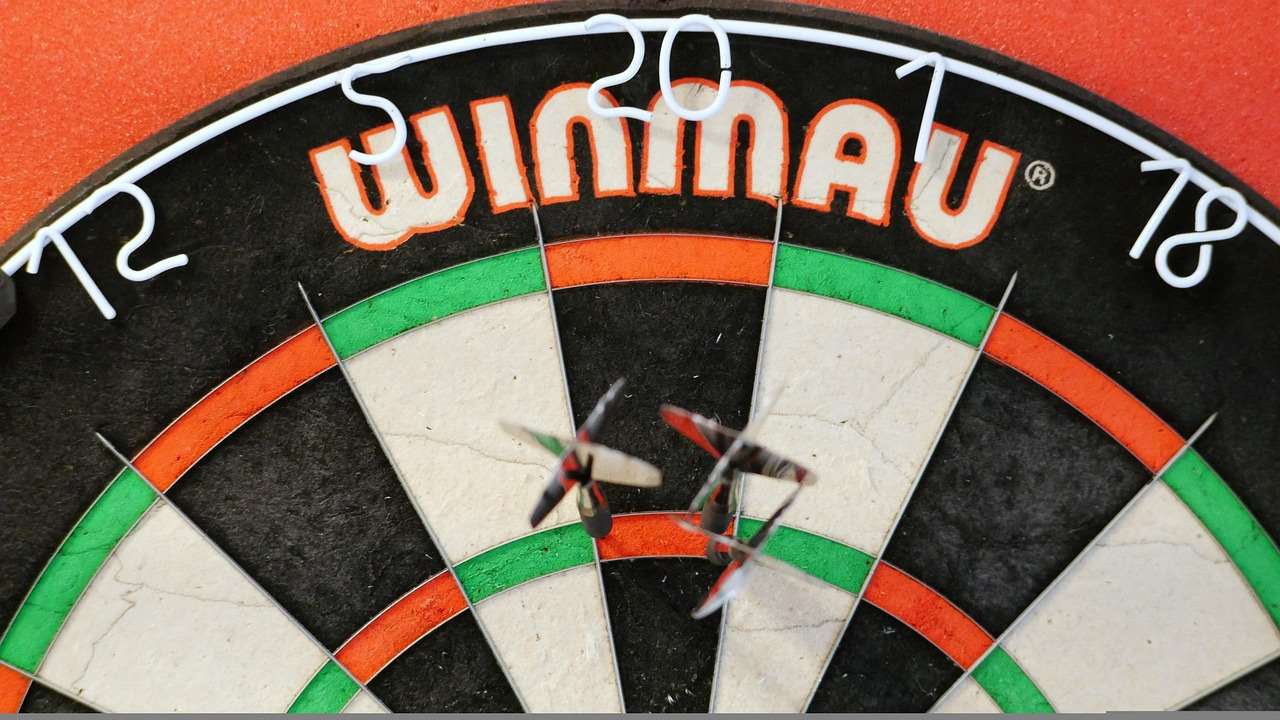
Early Darts Pub Culture: The Genesis of Good Form
The pub environment played a pivotal role in shaping initial darts etiquette. Players were expected to wait their turn, avoid distracting their opponents during throws, and generally maintain a respectful demeanor. While precise rules weren’t codified, common sense and a desire to avoid conflict kept things relatively orderly. Losing gracefully was also considered a virtue, though good-natured ribbing was often part of the experience. Remember that if you are brand new, check out Basic Darts Fundamentals for Beginners.
The Professionalization of Darts: A Shift in Expectations
As darts transitioned from a pub pastime to a professional sport, how etiquette standards have evolved in darts became a critical consideration. Increased stakes, television coverage, and larger audiences demanded a more refined and disciplined approach. Professional players became role models, and their behavior both on and off the stage came under intense scrutiny. This professionalization influenced not only player conduct but also spectator expectations.
The Rise of Professional Darts Organizations
Organizations like the PDC (Professional Darts Corporation) and the BDO (British Darts Organisation) played a crucial role in formalizing darts regulations, including those pertaining to etiquette. Codes of conduct were established, outlining acceptable behavior for players and officials. These codes addressed issues such as gamesmanship, unsportsmanlike conduct, and the use of offensive language.
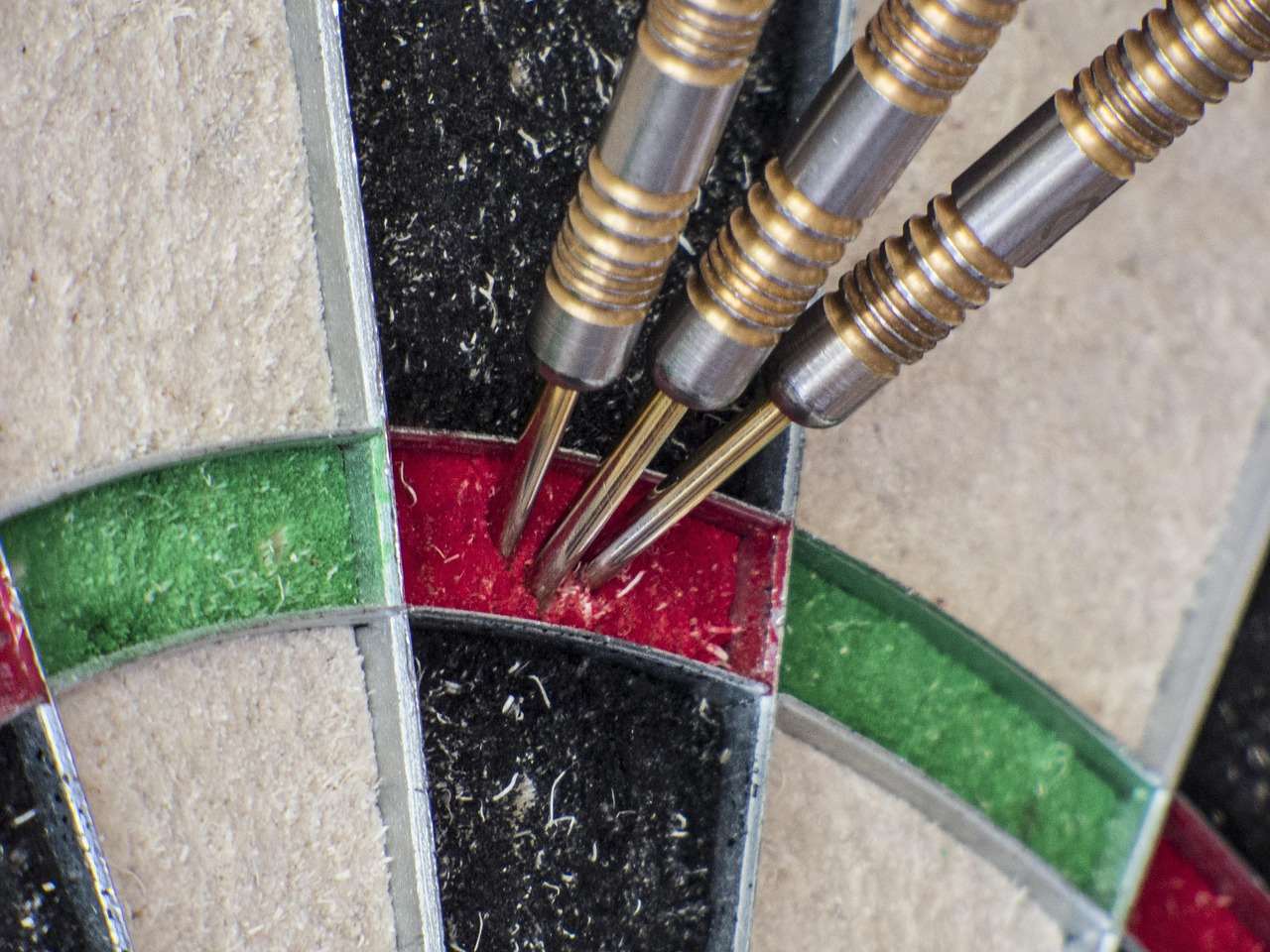
Impact of Television Broadcasting on Darts Etiquette
The advent of television broadcasting brought darts to a wider audience, further amplifying the need for professional behavior. Players were now aware that their actions were being watched by millions, and any breach of etiquette could have serious consequences for their reputation and career. Broadcasters also implemented guidelines to ensure that coverage remained family-friendly and avoided promoting negative stereotypes.
Modern Darts Etiquette: Navigating the Current Landscape
Today, darts etiquette encompasses a wide range of behaviors, from player conduct on stage to spectator behavior in the audience. Maintaining a respectful and professional demeanor is paramount, both for the integrity of the sport and for the enjoyment of all involved. Let’s examine the current standards expected in darts. It is a good idea to consider Adapting darts rules for beginners if you find yourself in a social situation with new players.
Player Conduct: On and Off the Stage
Modern player etiquette emphasizes sportsmanship, respect for opponents, and adherence to the rules of the game. Players are expected to:
- Refrain from distracting or intimidating opponents.
- Avoid excessive celebrations or displays of emotion that could be perceived as disrespectful.
- Accept both victories and defeats with grace and humility.
- Treat officials and fellow players with courtesy and respect.
- Adhere to the dress code and maintain a professional appearance.
It is important to remember How to make darts fairer with handicap rules to maintain balance.
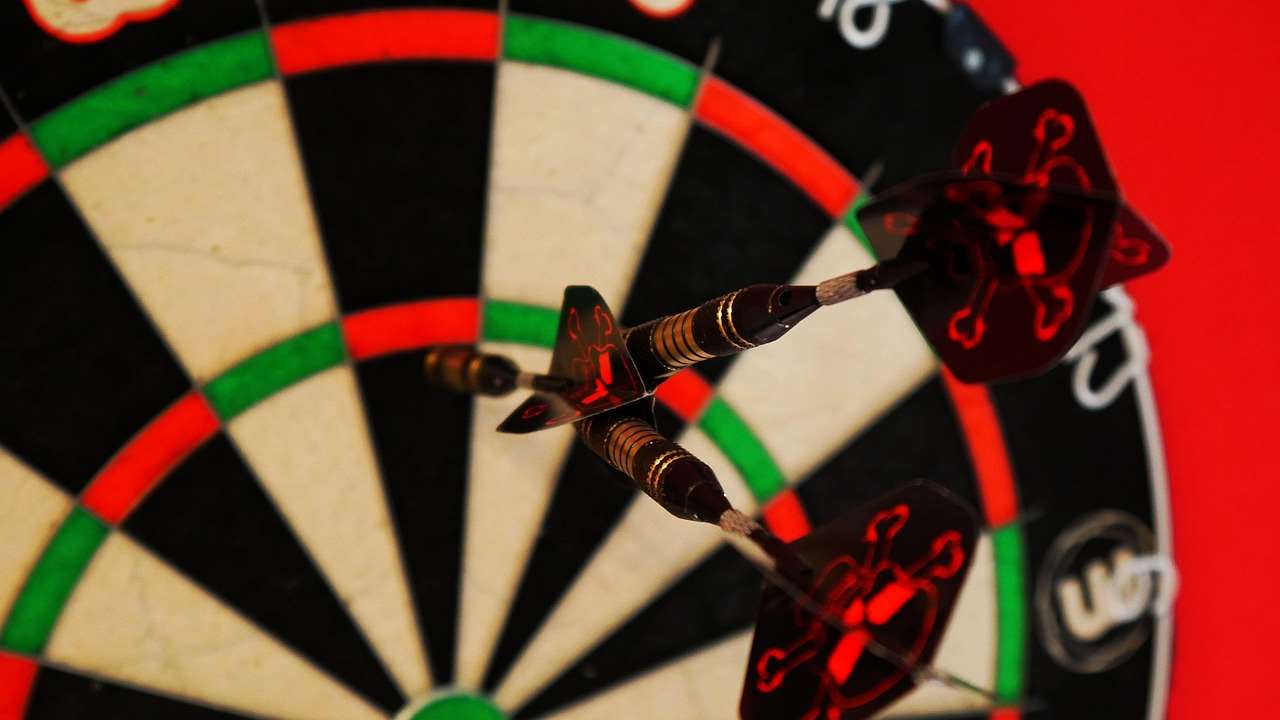
Spectator Behavior: Maintaining a Respectful Atmosphere
Spectator etiquette plays a crucial role in creating a positive and enjoyable atmosphere for everyone at darts events. Spectators are generally expected to:
- Show respect for all players, regardless of their allegiance.
- Refrain from making excessive noise or causing distractions during throws.
- Avoid using offensive language or engaging in disruptive behavior.
- Follow instructions from event staff and security personnel.
- Be mindful of the needs of other spectators, particularly those with disabilities.
However, it is also worth noting that a lively and energetic atmosphere is often encouraged, within reasonable limits. The key is to strike a balance between enthusiastic support and respectful conduct. Many spectators also enjoy Fun dart game variations with modified rules and the energy of the sport.
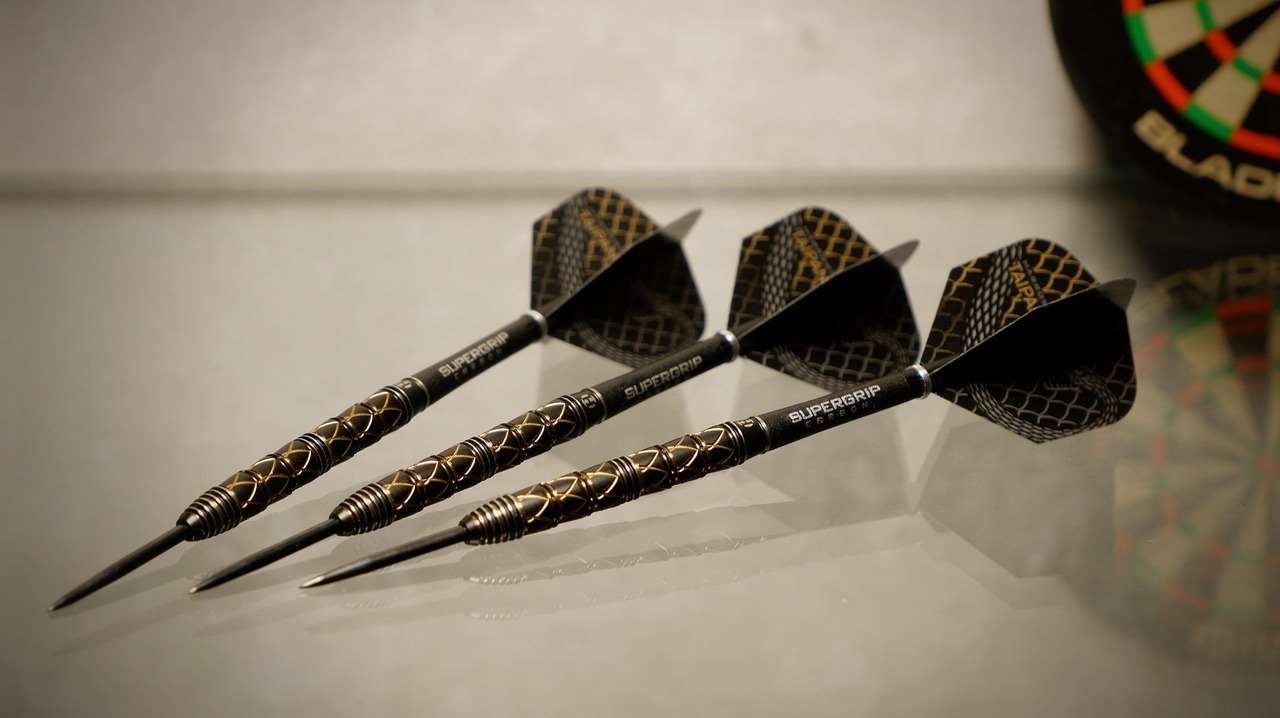
The Use of Technology and Social Media
The rise of technology and social media has added a new dimension to darts etiquette. Players are now expected to be mindful of their online presence and avoid making comments or engaging in behaviors that could damage their reputation or the image of the sport. Social media platforms can also be used to promote positive messages and engage with fans in a respectful and constructive manner. This also highlights professional conduct in the modern age.
Key Changes in Darts Etiquette Over Time
Looking back, it’s clear that how etiquette standards have evolved in darts dramatically. From informal pub rules to strict professional guidelines, the evolution reflects the changing nature of the sport itself. The move towards professionalism, media exposure, and greater global appeal has necessitated a more refined and regulated approach. Evolving sporting conduct is essential.
From Pubs to Arenas: A Transformation in Culture
The contrast between the relaxed atmosphere of early darts pubs and the highly structured environment of modern darts arenas is stark. While the core principles of respect and sportsmanship remain, the level of formality and the expectations for player and spectator conduct have increased significantly. The focus has shifted from a purely social activity to a professional sport with global reach.
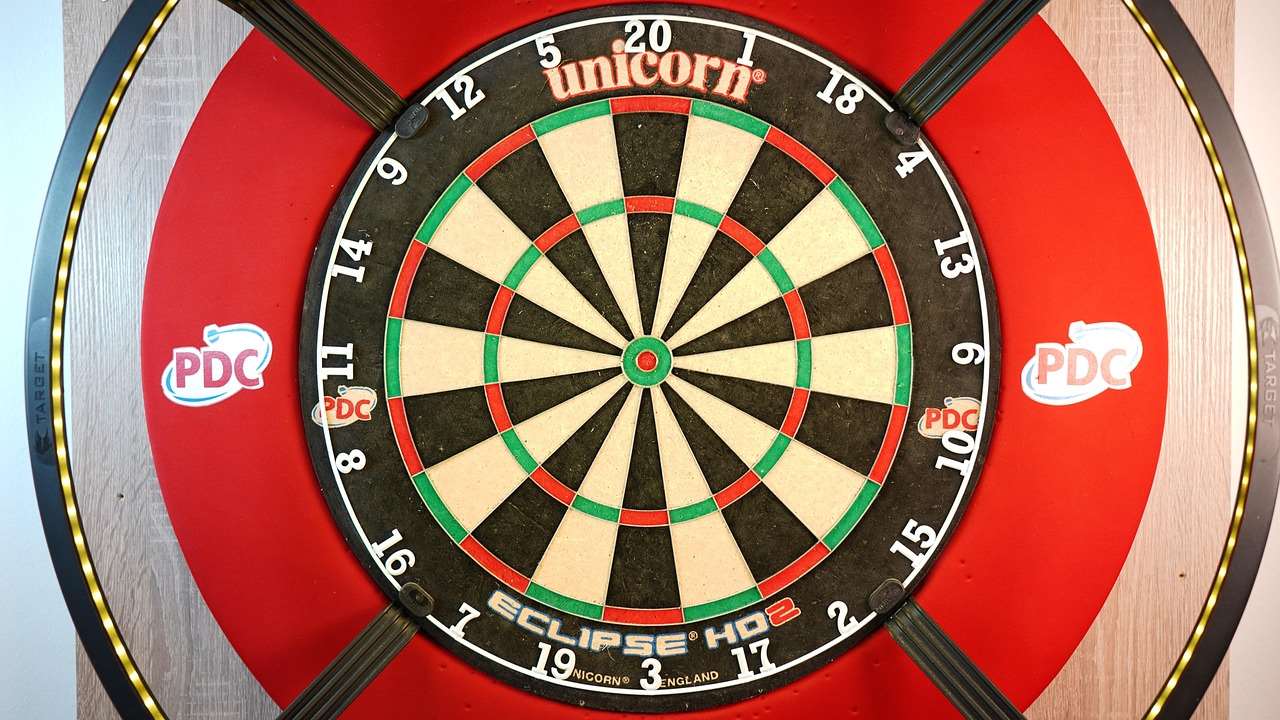
Adapting to a Global Audience: Cultural Sensitivity
As darts has become a more global sport, it has become increasingly important to be sensitive to cultural differences. Gestures, customs, and behaviors that may be acceptable in one culture may be offensive in another. Players and spectators alike are encouraged to be mindful of these differences and to avoid making assumptions or engaging in stereotypes. Cultural consideration in sports has grown in recent years.
Conclusion: Upholding Etiquette for the Future of Darts
How etiquette standards have evolved in darts showcases the journey from a casual pastime to a respected professional sport. By understanding the historical context, current expectations, and the importance of respecting the game and its participants, we can all contribute to a positive and enjoyable darts environment. Remember to maintain sportsmanship, respect your opponents, and be mindful of your behavior both on and off the stage. These practices ensure the continued growth and integrity of the sport we all love. If you are ready to give it a try, get started today with Basic Darts Fundamentals for Beginners.
Hi, I’m Dieter, and I created Dartcounter (Dartcounterapp.com). My motivation wasn’t being a darts expert – quite the opposite! When I first started playing, I loved the game but found keeping accurate scores and tracking stats difficult and distracting.
I figured I couldn’t be the only one struggling with this. So, I decided to build a solution: an easy-to-use application that everyone, no matter their experience level, could use to manage scoring effortlessly.
My goal for Dartcounter was simple: let the app handle the numbers – the scoring, the averages, the stats, even checkout suggestions – so players could focus purely on their throw and enjoying the game. It began as a way to solve my own beginner’s problem, and I’m thrilled it has grown into a helpful tool for the wider darts community.